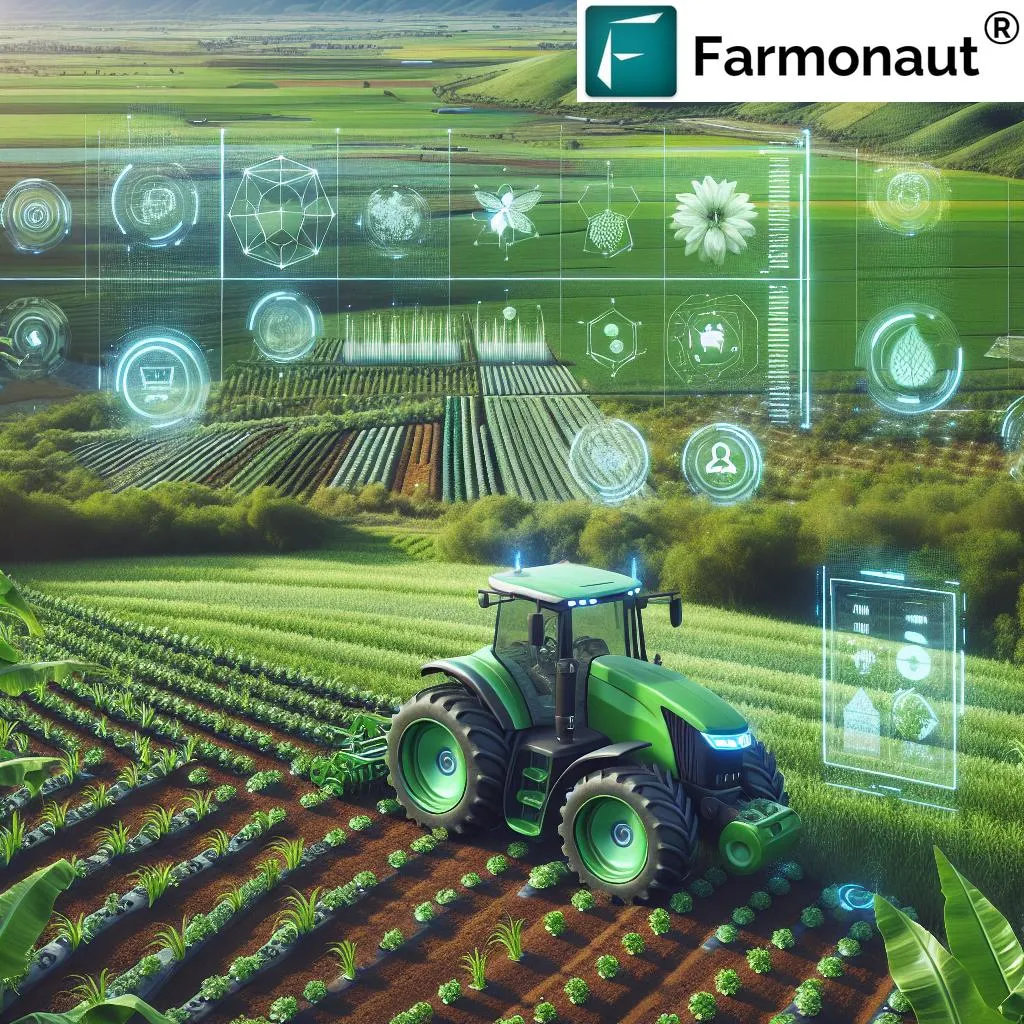In the quest for sustainable agriculture and food security, accurate rice yield prediction stands as a cornerstone. A recent study published in *Smart Agricultural Technology* has taken a significant stride in this direction by integrating multi-temporal unmanned aerial vehicle (UAV) multispectral data with meteorological data to develop a robust rice yield prediction model. Led by Zenghui Liang from the National Engineering and Technology Center for Information Agriculture at Nanjing Agricultural University, the research offers promising insights for the agriculture sector.
The study, conducted across three agroecological zones in China from 2022 to 2024, evaluated 69 vegetation indices (VIs) derived from UAV multispectral data for three rice cultivars under varying nitrogen treatments. The optimal VIs were selected for five rice growth stages, and ten meteorological features (MF) per growth stage, including temperature and precipitation, were integrated into the prediction models. This comprehensive approach aims to capture the complex environmental interactions that traditional models often overlook.
Six regression models were assessed: simple linear regression (SLR), partial least squares regression (PLSR), random forest (RF), gaussian process regression (GPR), support vector machine (SVM), and extreme gradient boosting (XGB). Among these, the five-period XGB model, which integrated multi-temporal VIs and MF, achieved the highest accuracy with an R2 value of 0.83. This model’s superior performance highlights the potential of machine learning algorithms in precision agriculture.
“Integrating multi-temporal vegetation indices and meteorological features significantly improves the accuracy of rice yield prediction,” said Liang. “This approach not only enhances our understanding of environmental influences on rice growth but also supports precision agriculture across diverse agroecological conditions.”
The study found that the integration of MF improved accuracy by 10.7–12.9% relative to models that relied solely on VIs. SHapley Additive exPlanations (SHAP) analysis identified normalized difference red edge (NDRE) at the heading stage and triangular chlorophyll index/optimized soil-adjusted vegetation index (TCI/OSAVI) at the tillering stage as the most influential features. Precipitation and temperature were also significant factors, underscoring the importance of environmental data in yield prediction.
The commercial implications of this research are substantial. Accurate yield prediction enables farmers to make informed decisions about resource allocation, fertilizer application, and pest management, ultimately enhancing productivity and profitability. For agribusinesses, this technology can optimize supply chain logistics and market strategies, ensuring a stable food supply and economic stability.
As the agriculture sector continues to evolve, the integration of advanced technologies like UAVs and machine learning algorithms will play a pivotal role. This research paves the way for future developments in precision agriculture, offering a blueprint for similar studies in other crops and regions. By leveraging multi-temporal data and sophisticated analytical tools, the agriculture sector can achieve greater sustainability and food security, benefiting farmers, businesses, and consumers alike.
The study, published in *Smart Agricultural Technology*, was led by Zenghui Liang from the National Engineering and Technology Center for Information Agriculture at Nanjing Agricultural University. This groundbreaking research not only advances our understanding of rice yield prediction but also sets a new standard for precision agriculture in the 21st century.

